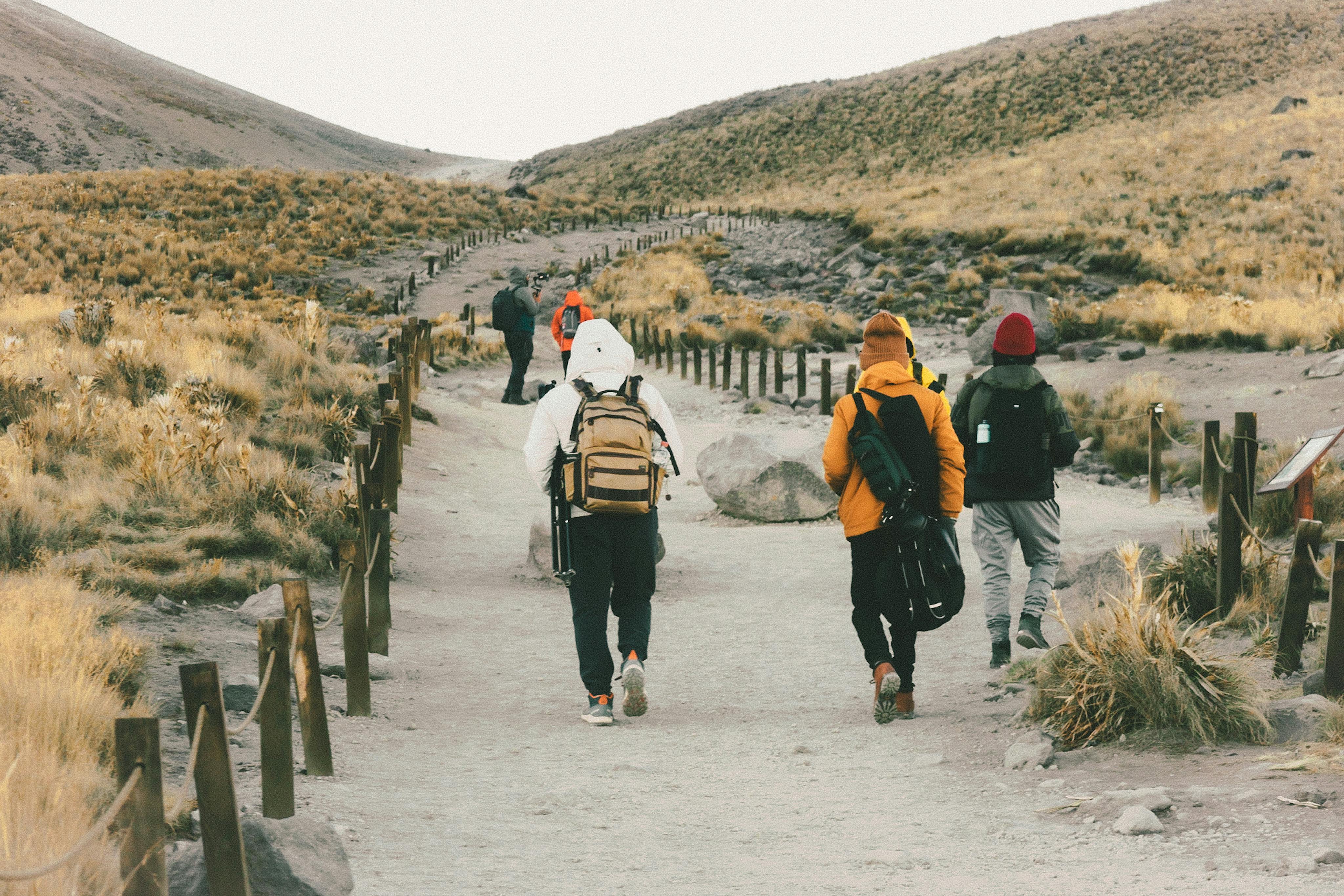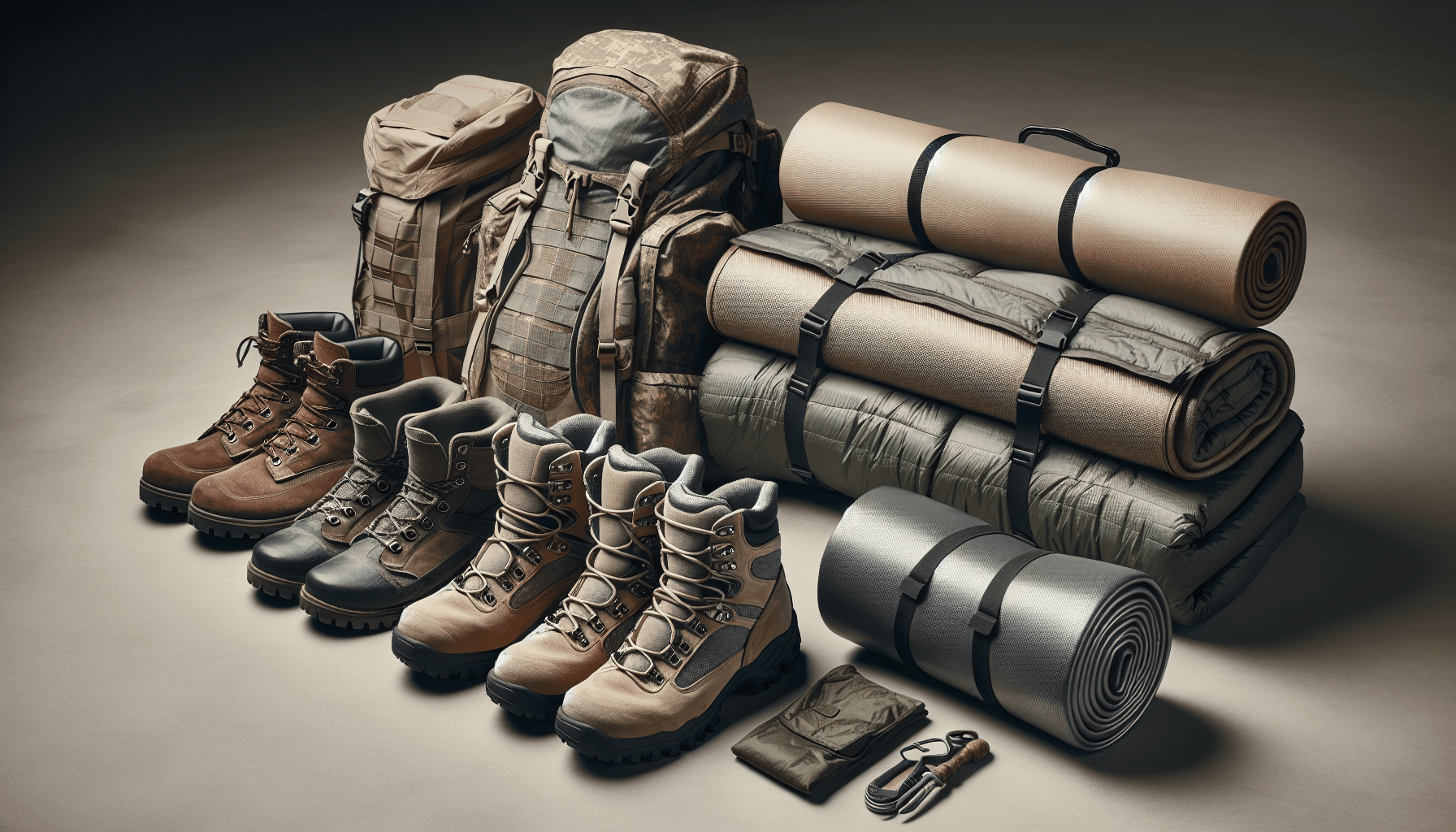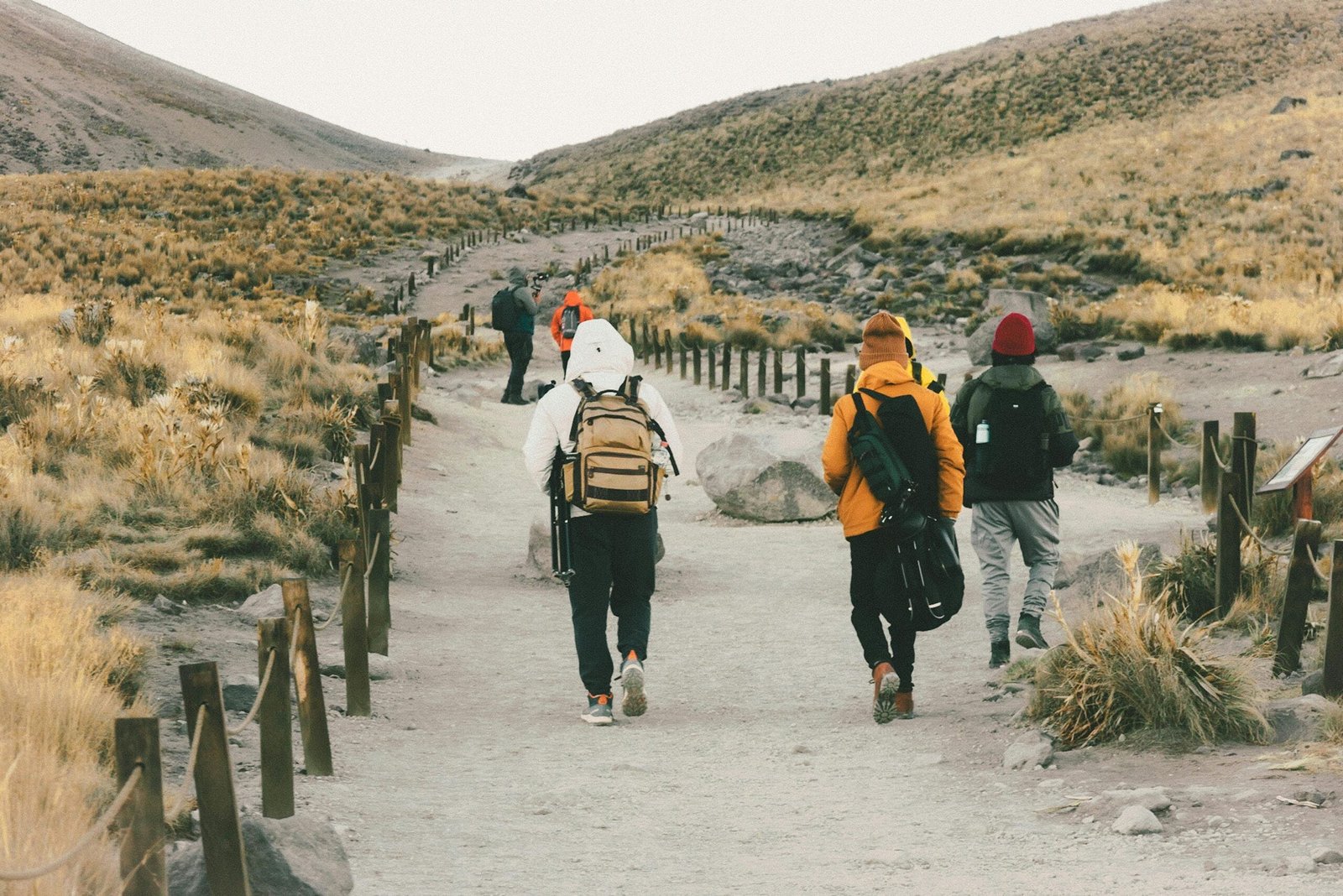So you’ve invested in some top-quality outdoor gear, ready to embark on your next adventure. But have you thought about how to protect and maintain your investment? In this article, we’ll provide you with essential tips and tricks for keeping your outdoor gear in peak condition, ensuring its longevity and performance in the great outdoors. From proper cleaning techniques to storage practices, we’ve got you covered on all aspects of outdoor gear maintenance. So grab a cup of coffee and get ready to learn how to protect your investment and make the most out of your outdoor gear!

This image is property of images.pexels.com.
Choosing the Right Gear
When it comes to outdoor activities, having the right gear is essential. To ensure you choose the best equipment for your needs, it’s important to do your research and compare different brands and models. Look for reputable manufacturers that are known for producing high-quality gear. Read reviews and ask for recommendations from experienced outdoor enthusiasts. They can provide valuable insights based on their personal experiences with different gear.
Consider the specific needs of your outdoor activities. Are you planning to go hiking, camping, or skiing? Each activity might require different types of gear. For example, if you’re planning a camping trip, you’ll need a tent, sleeping bag, and camping stove. If you’re going hiking, you might need a backpack, hiking boots, and a good quality rain jacket. Tailor your gear choices to the activities you enjoy to ensure you have everything you need for a safe and enjoyable experience.
Consulting with experts or experienced outdoor enthusiasts can be immensely helpful in selecting the right gear. They can offer valuable advice and recommendations based on their own experiences. A local outdoor gear store or outdoor club might have knowledgeable staff or members who can provide guidance. Don’t be afraid to ask questions and seek advice from those who have expertise in outdoor activities. Their insights can make a significant difference in choosing the right gear for your adventures.
Preparation before Use
Before using your outdoor gear, it’s important to inspect it for any damages or signs of wear and tear. Look for rips, tears, or broken parts. Check the zippers, buckles, and straps to ensure they are functioning properly. This step is crucial to ensure your gear is safe and won’t fail you during your outdoor adventures.
Once you’ve inspected your gear, take the time to clean and dry it thoroughly. Remove any dirt, debris, or stains. Use mild soap and water for cleaning, and follow the manufacturer’s instructions for each specific piece of gear. After cleaning, make sure to fully dry everything to prevent the growth of mold and mildew. Hang your gear in a well-ventilated area or use a fan to speed up the drying process.
If your gear is not already waterproof, consider applying waterproofing treatments. This is especially important for items like boots, jackets, and tents. Waterproofing treatments help protect your gear from water damage and ensure it stays dry even in wet conditions. Follow the instructions on the waterproofing product carefully to achieve the best results.
Cleaning and Care Tips
To keep your outdoor gear in top condition, it’s essential to read and follow the manufacturer’s instructions for cleaning and care. Different materials and products may have specific requirements, so it’s important to understand how to properly maintain each item. The manufacturer’s instructions will provide guidance on the appropriate cleaning products and techniques for each type of gear.
Using appropriate cleaning products and techniques is crucial to prevent damage to your gear. Avoid using harsh chemicals or bleaches that can degrade the materials. Stick to mild soap and water or products specifically designed for outdoor gear cleaning. Make sure to rinse the gear thoroughly after cleaning to remove any residue.
Regularly clean and maintain zippers, buckles, and other fasteners. These components can accumulate dirt and debris over time, leading to dysfunction or damage. Use a soft brush or cloth to remove any dirt or grime from the fasteners. Lubricate zippers with a silicone-based zipper lubricant to keep them running smoothly.
Storing Gear Properly
Proper storage is key to prolonging the lifespan of your outdoor gear. Before storing your gear, ensure that it is completely dry. Moisture can cause mold, mildew, and rot, so it’s important to eliminate any lingering moisture before putting your gear away. If your gear is not completely dry, hang it in a dry and well-ventilated area until it is.
When storing your gear, choose a clean and dry environment. Avoid storing your gear in areas prone to moisture, such as basements or garages. Instead, opt for a closet or storage area inside your home. Make sure the storage space is free from pests and protected from extreme temperatures.
Invest in proper storage bags or containers to prevent damage to your gear. Look for breathable bags or containers that allow air to circulate. Avoid using plastic bags that can trap moisture and promote the growth of mold. Storing your gear loose and uncompressed can help maintain its shape and prevent creasing or warping.

This image is property of images.pexels.com.
Maintaining Footwear
Taking care of your footwear is essential to ensure they last and provide optimal performance. After each use, clean and remove dirt from your shoes or boots. Use a soft brush or cloth to remove dirt and debris from the exterior. For stubborn stains, use a mild soap and water solution. Allow your footwear to fully dry before wearing or storing them. Stuff the insides with newspaper or a drying agent to absorb moisture and help maintain the shape.
For leather footwear, it’s important to treat them with appropriate conditioning products. Leather can dry out and crack over time, so conditioning is necessary to keep the leather supple and moisturized. Apply a leather conditioner or wax to prevent drying and cracking. Follow the product instructions for the best results.
Taking Care of Sleeping Bags
Proper care of your sleeping bag is important to maintain its insulation and comfort. Always follow the washing and drying instructions provided by the manufacturer. Most sleeping bags can be machine washed on a gentle cycle with a mild detergent. However, some may require hand washing or professional cleaning. Ensure that the sleeping bag is completely dry before storing it to prevent mildew or unpleasant odors.
Store your sleeping bag loosely in a breathable bag. This allows air to circulate and helps maintain the loft or fluffiness of the insulation. Avoid storing your sleeping bag in a compressed state for long periods, as it can damage the insulation and reduce its effectiveness. When not in use, consider hanging your sleeping bag or storing it in a large, breathable sack.
After each use, make sure to air out your sleeping bag. Unroll it and hang it in a dry and well-ventilated area to let any moisture or odors escape. This step helps reduce the accumulation of unpleasant odors and keeps your sleeping bag fresh for your next adventure.

This image is property of images.pexels.com.
Caring for Tents
Proper care and maintenance of your tent are crucial to ensure its longevity and reliability. When pitching your tent, choose clean and dry surfaces whenever possible. Clear away any sticks, rocks, or other debris that could damage the tent floor. Avoid pitching your tent under trees with overhanging branches that can drop sap, leaves, or branches onto the tent.
After each trip, clean and dry your tent thoroughly before packing it away. Remove any dirt, mud, or stains from the tent fabric. Use a mild soap and water solution to gently clean the tent, and be sure to rinse thoroughly to remove any residual soap. Dry the tent completely before packing it to prevent mold or mildew growth.
Promptly repair any damages or tears in your tent to prevent further deterioration. Most tents come with repair kits that include patches and adhesives for quick fixes. Follow the manufacturer’s instructions for the best repair methods. Take the time to inspect the seams, zippers, and poles regularly and address any issues promptly. This will help extend the lifespan of your tent and ensure it remains reliable for future camping trips.
Maintaining Backpacks and Bags
Your outdoor backpacks and bags play a crucial role in carrying and protecting your gear. To maintain their functionality and durability, empty and clean them regularly. Remove any dirt, crumbs, or debris from the interior and exterior of the bags. Use a soft brush or cloth to wipe down the surfaces. If necessary, spot clean with a mild soap and water solution. Make sure to rinse thoroughly and allow the bags to dry completely.
Inspect and repair straps, seams, and zippers to ensure they are in good working condition. Check for any fraying or loose threads and address them promptly. Repair kits for backpacks and bags are often available and include replacement buckles, webbing, or patch materials. Follow the manufacturer’s instructions to make the necessary repairs.
When storing your backpacks and bags, organize the items properly to prevent damage. Use compartments or packing cubes to keep gear and accessories organized and protected. Avoid overpacking or stuffing bags beyond their intended capacity, as this can strain the seams and zippers. Proper organization and careful handling will help extend the lifespan of your backpacks and bags.

Taking Care of Cooking Equipment
To ensure optimal performance and longevity, it’s crucial to take care of your outdoor cooking equipment. After each use, clean cooking utensils and pots immediately. Use warm soapy water to remove any food residue or grease. Avoid using abrasive materials that can scratch or damage the cooking surfaces. Dry the equipment thoroughly to prevent rust or corrosion.
Regularly inspect and maintain your stove and fuel systems. Ensure that all connections are secure and in good condition. Check for any clogs or blockages in the fuel lines or burners. Clean these components as directed by the manufacturer. Proper maintenance of your stove and fuel systems will ensure they operate safely and efficiently.
When storing your cooking equipment, ensure they are clean and completely dry. Moisture can promote rust and corrosion, which can damage the equipment. Store your cooking utensils, pots, and stoves in dry and secure containers to protect them from dust, pests, and other potential damage.
General Maintenance Tips
In addition to the specific care and maintenance tasks mentioned above, there are some general maintenance tips that apply to various outdoor gear items.
Regularly check and tighten bolts, screws, and connections on your gear. Over time, vibrations and repeated use can cause these components to loosen. Ensure they are secure to prevent any accidents or damage during your outdoor adventures.
Replace worn-out parts or components as needed. This applies to items like tent stakes, backpack straps, carabiners, and stove parts. Continued use of worn-out or damaged parts can compromise the integrity and functionality of your gear. Replace them with new ones to ensure your gear continues to perform optimally.
For complex repairs or issues that you’re unsure how to fix, don’t hesitate to seek professional help. Some repairs require specialized knowledge or tools that may be beyond your capabilities. Professional repair services or contacting the manufacturer can ensure that your gear is fixed safely and correctly.
By following these maintenance tips and taking care of your outdoor gear, you can protect your investment and enjoy your outdoor adventures for years to come. Remember, proper gear care not only enhances the performance and lifespan of your equipment, but it also contributes to your safety and enjoyment in the great outdoors. So, go ahead and explore the world with gear that’s well-maintained and ready for any adventure!


